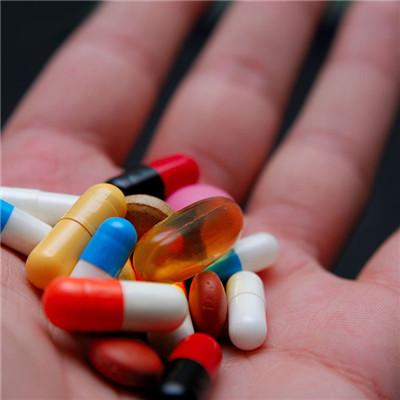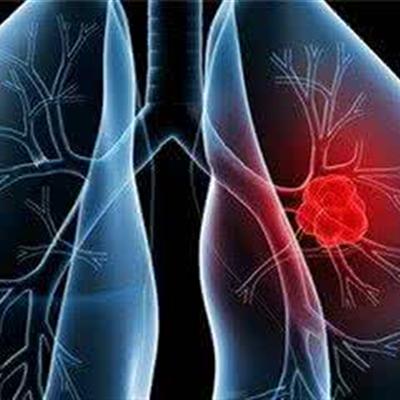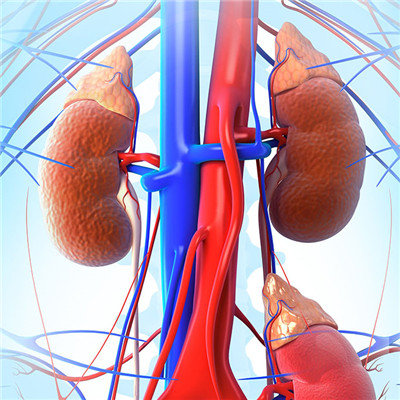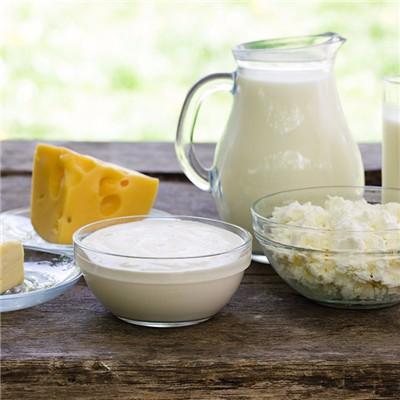Symptoms of membranous nephropathy
summary
A few days ago, my brother had a serious physical discomfort. He had swollen symptoms. He felt listless and tired. He went to the hospital for examination. It was membranous nephropathy. Effective treatment is needed. Let me introduce the symptoms of membranous nephropathy.
Symptoms of membranous nephropathy
First of all, membranous nephropathy can be seen at any age, but most patients are over 30 years old at the time of diagnosis, and the average age of onset is 40 years old. The peak age of onset was 30-40 years old and 50-60 years old. Membranous nephropathy usually starts slowly and has no previous history of upper respiratory tract infection. A few patients showed asymptomatic proteinuria, and most patients (70% - 80%) had a large amount of proteinuria, manifested as nephrotic syndrome. The incubation period of Mn is usually from several weeks to several months, during which the deposits under the glomerulus gradually form, but the increase of urinary protein excretion is not enough to form clinical symptoms and attract the attention of patients.
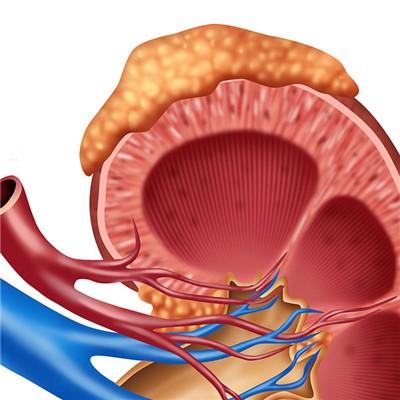
Secondly, 80% of the patients with membranous nephropathy had edema as the first symptom, and 20% of them had proteinuria. The urinary protein excretion of idiopathic membranous nephropathy is usually 5-10g per day, which can be as high as 20g / d. The amount of urine protein fluctuates greatly due to different protein intake, body position, activity and renal hemodynamics. Generally, there is no gross hematuria, and 50% of adults and most children have microscopic hematuria.
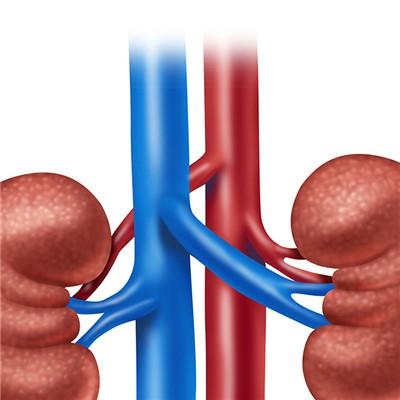
Finally, membranous nephropathy is different from many acute postinfectious nephritis. There is no hypertension in the initial stage of the disease, but with the development of the disease, 30% - 50% of the patients have elevated blood pressure. Early renal function is normal, and renal insufficiency and uremia may gradually appear due to decreased glomerular filtration, interstitial lesions and other factors. The incidence of renal vein thrombosis is up to 40% in China. The predisposing factors include low serum albumin (< 2.0-2.5g / dl), excessive diuresis and long-term bed rest.
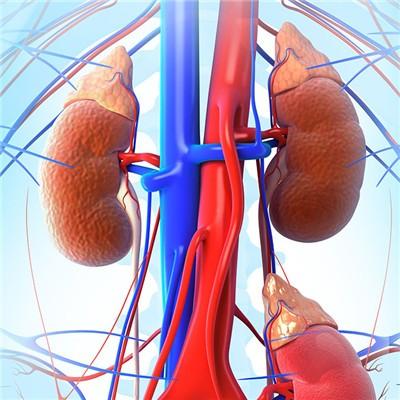
matters needing attention
Low protein diet, daily total protein in food is less than 0.5g/kg body weight, basically vegetarian. It is suitable for renal disease with renal insufficiency or uremia. Clinical optional food rich in vitamins, such as apple, celery, cauliflower, tomato, wax gourd, japonica rice, noodles, etc. Choose the food with low fat and cholesterol. It is suitable for renal disease patients with renal insufficiency or elevated blood lipid. Seaweed, Porphyra and Auricularia auricula can be used in clinic. Hawthorn, onion, lotus seed, celery, water chestnut, kelp, japonica rice, pasta, etc.

